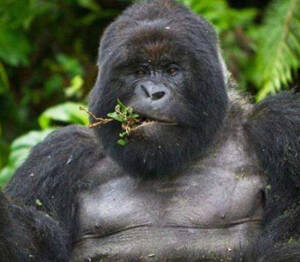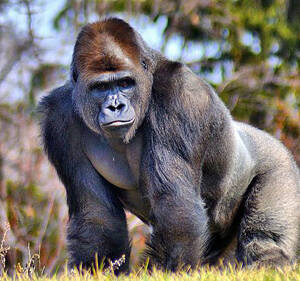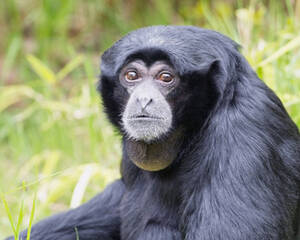Black-beared saki
IUCN
LCBasic Information
Scientific classification
- name:Black-beared saki
- Scientific Name:Chiropotes satanas
- Outline:Primates
- Family:Haplorhini Simiiformes Pitheciidae Chiropotes
Vital signs
- length:40-46cm
- Weight:3kg
- lifetime:10-20year
Feature
A face that even the sun can’t darken
Distribution and Habitat
It is mainly distributed in the areas north of the Orinoco River, west of the Negro River, and north of the Amazon River in Brazil.
It lives in tropical sparsely populated areas and alpine rainforests.
Appearance
It feeds mainly on fruits and plant seeds, and also eats a small amount of insects.
Details
The black-bearded saki is a species of the Capuchin family, Saki genus.

The Saki monkey was first discovered around the 1930s, more than 80 years ago. Naturalists from Ecuador discovered this new species near the Eru River and called it the Saki monkey. Since then, it has disappeared for various reasons and is no longer seen by people, so scientists have confirmed that the Saki monkey has become extinct. Some unwilling Saki monkey research experts, after continuous exploration and search, finally found Saki monkeys again in the western Amazon region.
Black-bearded Saki monkeys walk or forage with a quadrupedal gait and rarely jump. The breeding season is concentrated in the rainy season, the gestation period is 5 months, and one baby is born each time.
Listed in Appendix II of the Convention on International Trade in Endangered Species of Wild Fauna and Flora
Protect wild animals and eliminate game.
Maintaining ecological balance is everyone's responsibility!








